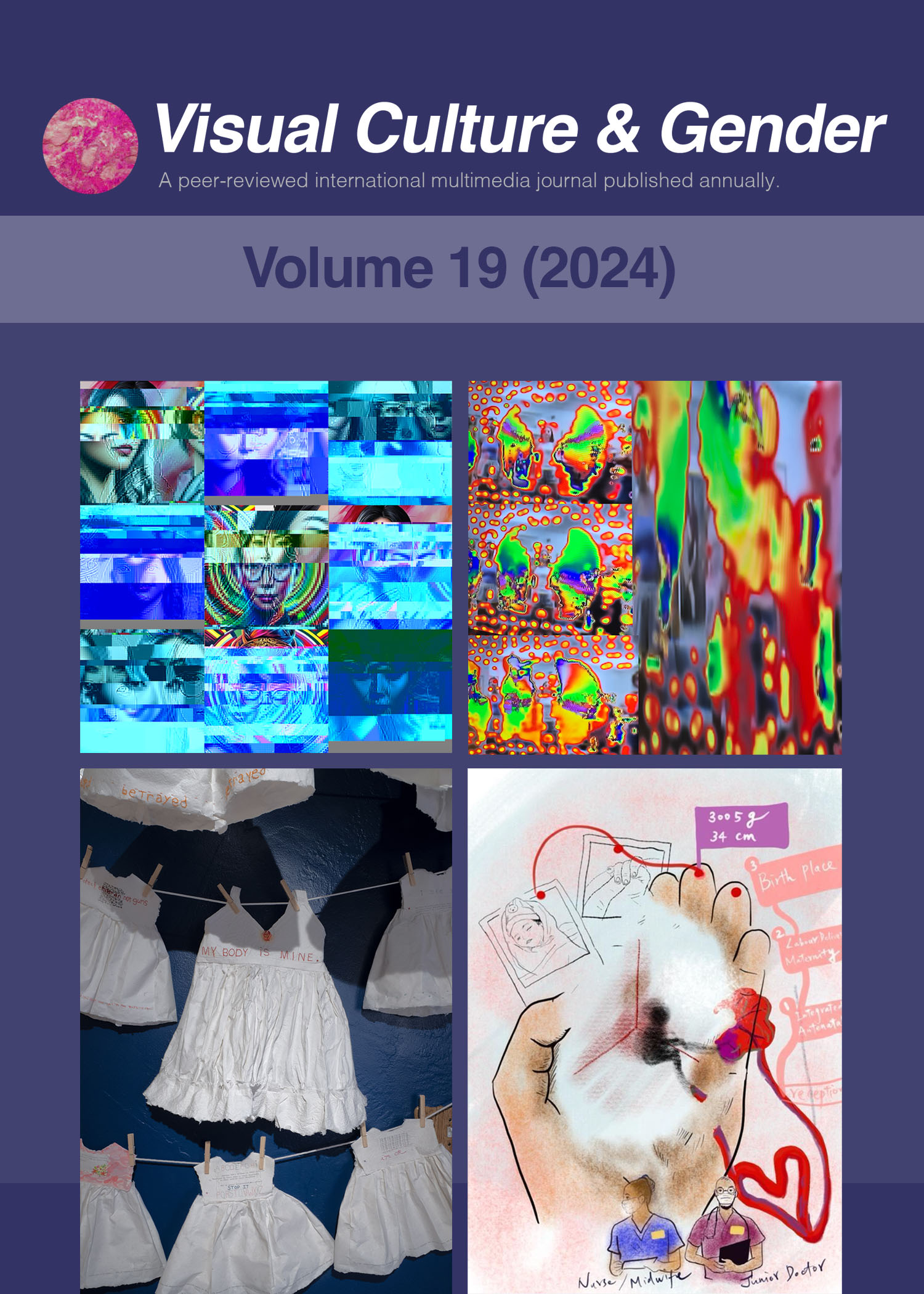Chair Narratives of Power in Transnational Female Artistic Journeys
Keywords:
arts-based devotion, birthing chairs, chair pedagogy, childbirth, hospital delivery care, resilience, Taiwanese diaspora, transnational liberation theologyAbstract
As a Taiwanese woman in the United Kingdom (UK) connected to diaspora populations struggling to form their identities, my arts-based account of my experience witnessing childbirth in the UK, and case study of art by three women in my online devotion session, focuses on how a pedagogy of chairs reflect the triadic social position of women in terms of family, culture, and society. Through art, a powerful vehicle for religious expression and meditation, and a pedagogy of chairs, my drawings, and those of three women in my “art devotion” group, are contemplations of women’s power, resilience, and transnational liberation theology.


